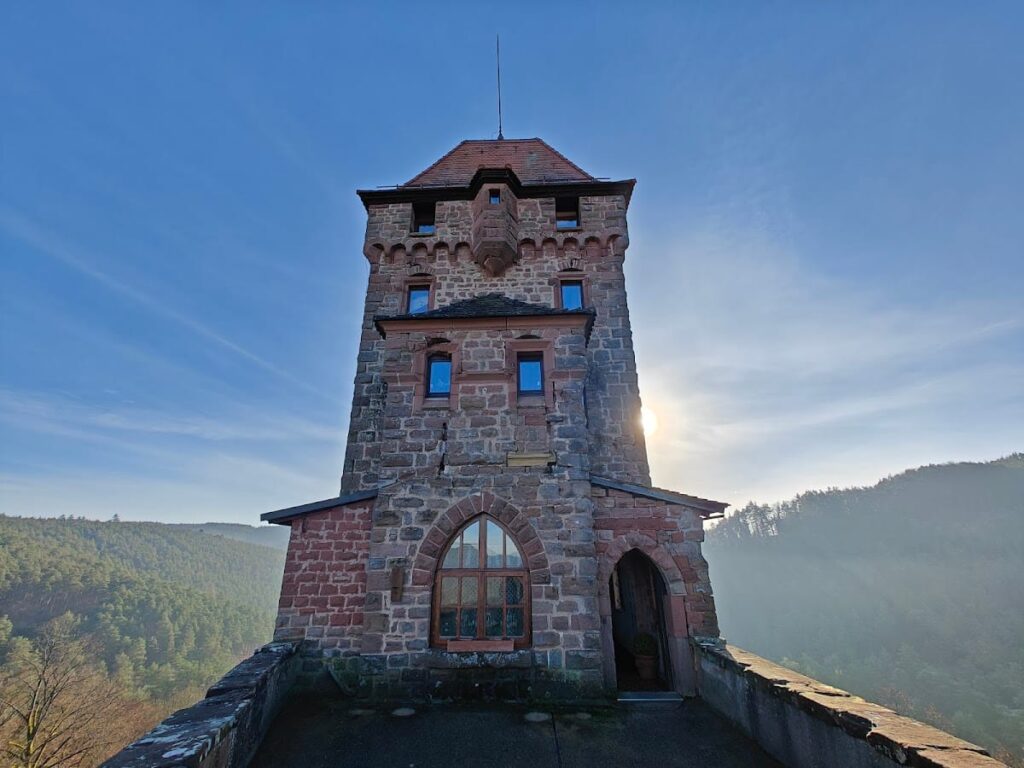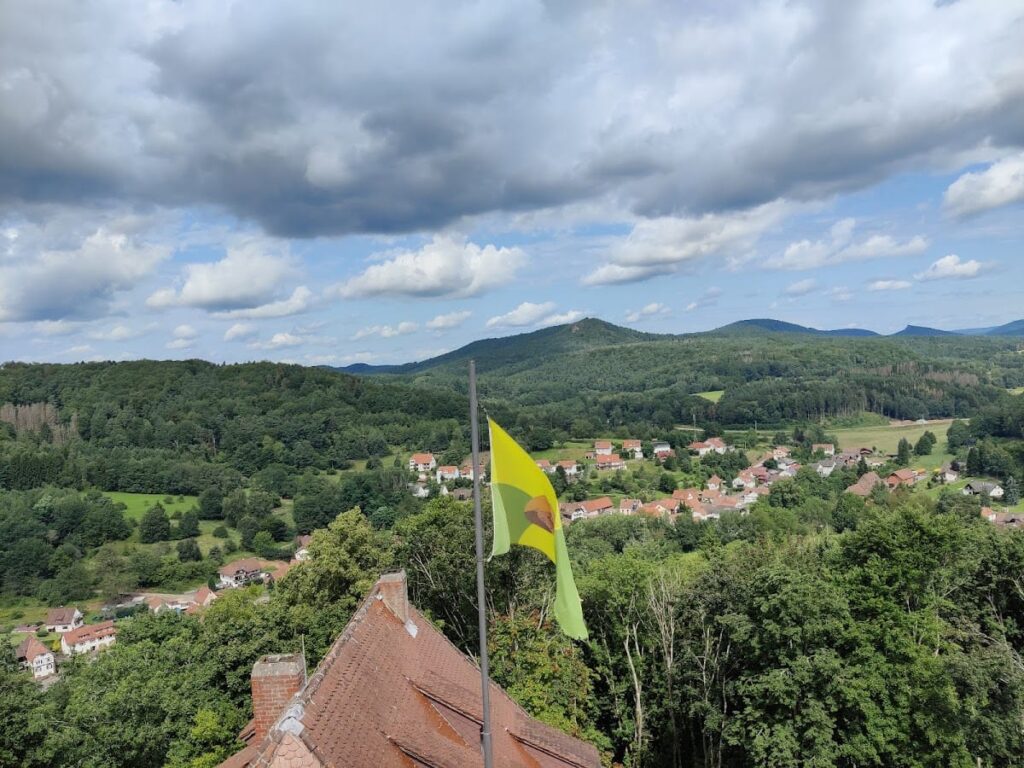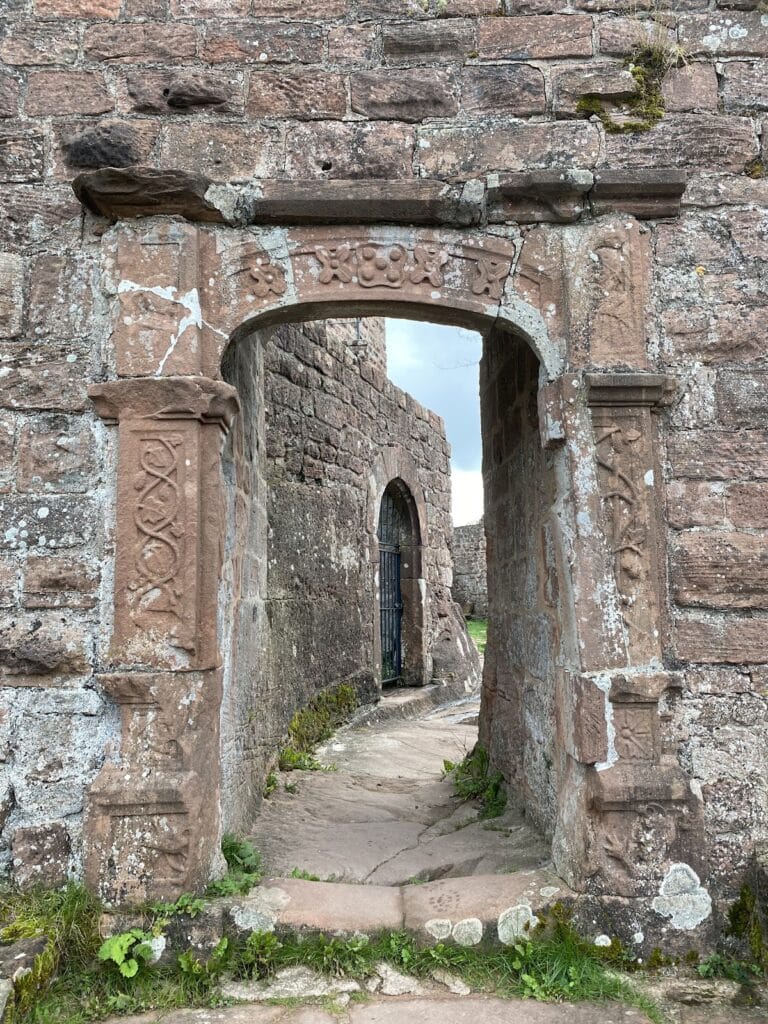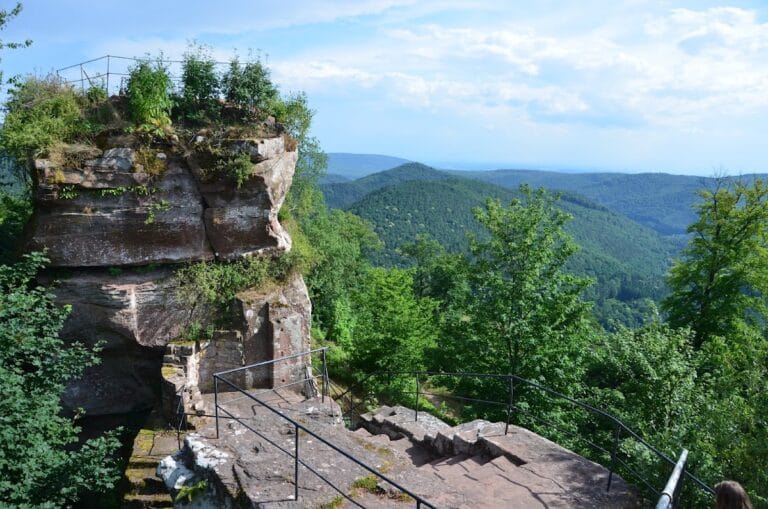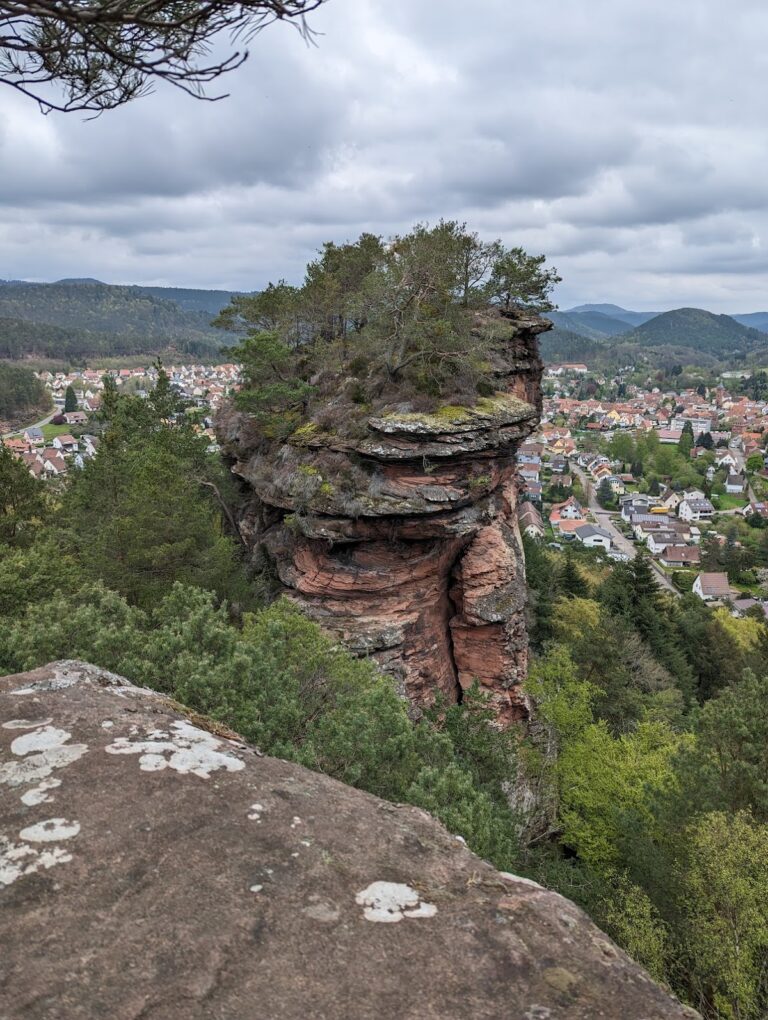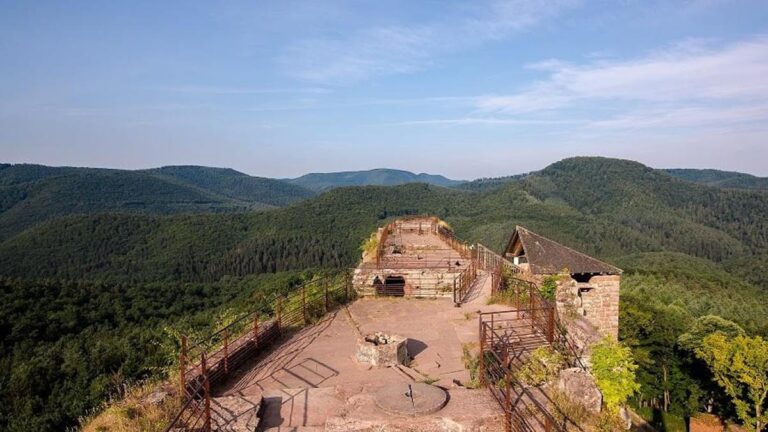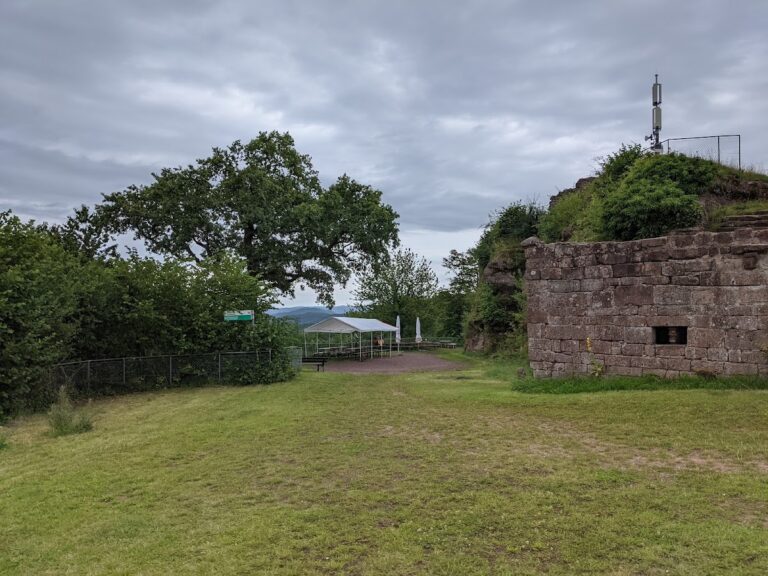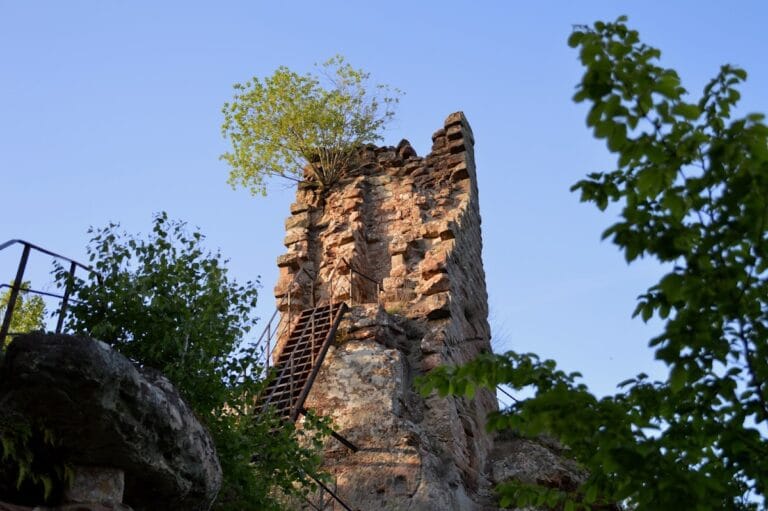Berwartstein Castle: A Medieval Fortress in the Palatinate Forest, Germany
Visitor Information
Google Rating: 4.7
Popularity: Medium
Google Maps: View on Google Maps
Official Website: burgberwartstein.de
Country: Germany
Civilization: Medieval European
Remains: Military
History
Berwartstein Castle is situated in the southern Palatinate Forest near Erlenbach bei Dahn, Germany. It was first recorded in 1152 when Emperor Frederick Barbarossa granted it to the Bishop of Speyer. This early mention identifies the castle as a Reichsburg, a royal fortress under the Salian and Staufer dynasties, reflecting its strategic importance in the medieval Holy Roman Empire.
In the 13th century, the Berwartstein family managed the castle as ministeriales, or unfree knights serving the Bishop of Speyer. During this time, the castle became associated with accusations of robbery. In 1314, forces from Strasbourg and Hagenau besieged and captured it. Despite this setback, the Berwartstein family rebuilt the castle and retained control until their line ended in 1345.
Following the Berwartstein extinction, ownership passed to the related Weingarten family, who sold the castle in 1347 to the Benedictine monastery of Weißenburg. By 1453, the monastery placed the castle under the protection of the Elector Palatine, granting him military rights during wartime. This arrangement reflected the castle’s ongoing military significance.
In 1480, Elector Philip the Upright enfeoffed the castle to his marshal, Hans von Trotha, known as “Hans Trapp,” despite protests from the monastery. Von Trotha strengthened the castle’s defenses and constructed the nearby outwork called Klein-Frankreich, featuring a tower with walls 14 meters thick. These fortifications earned Berwartstein a reputation for being nearly impregnable.
Hans von Trotha became infamous for a “water feud” in which he dammed the Wieslauter river, cutting off water to the town of Weißenburg. This act led to his excommunication by the Pope in 1499 and outlawry by the Emperor in 1496. Nevertheless, von Trotha maintained control of the castle until his death in 1503. The sanctions against him were lifted two years later.
In 1545, the castle passed to the Fleckenstein family through marriage. A lightning strike in 1590 caused a fire that destroyed much of the castle, leaving it in ruins. The outwork Klein-Frankreich suffered heavy damage in the 17th century, likely during the Thirty Years’ War or the War of the Palatine Succession.
In 1893, Theodor von Baginski acquired the ruins and undertook a two-year reconstruction project. His restoration was largely imaginative rather than historically accurate. Von Baginski lived in the castle until his death in 1899. Since then, Berwartstein has remained privately owned and inhabited.
Remains
Berwartstein Castle is a rock castle carved mainly from natural Buntsandstein sandstone. Its layout includes a network of stairways, corridors, chambers, and casemates hewn directly into the rock of the upper castle. The upper castle covers about 400 square meters. Most visible buildings today date from the 1890s reconstruction and do not reflect the medieval original.
A notable feature is the castle well shaft, reportedly dug by hand to a depth of approximately 100 meters and about 2 meters wide. This vertical shaft reaches the groundwater level in the valley below, ensuring a reliable water supply during sieges.
The knights’ hall is carved from solid, weathered rock and can accommodate around 150 people. It contains a carved lift shaft once used to transport food and drink from the kitchen located above. The kitchen, armory, and torture chamber are equipped with replicas of medieval tools and weapons. Historical catapults and artillery pieces are displayed on the castle grounds.
On the southeast side, a unique geological feature called the ascent chimney rises over 50 meters. This narrow, steep, and smooth natural rock tube served as a defensible access route to the castle.
A concealed underground passage is believed to have connected Berwartstein to the outwork Klein-Frankreich, situated 370 meters away on the opposite slope of the Nestelberg hill. This passage remains unconfirmed and is based on the remains of a collapsed trench.
The outwork Klein-Frankreich includes a massive tower with walls 14 meters thick, built in 1484. It suffered significant damage in the 17th century and has been undergoing restoration since 2005.
An observation platform below the summit of the bergfried, or main tower, offers extensive views over the southwestern Wasgau region and into the Alsace.


